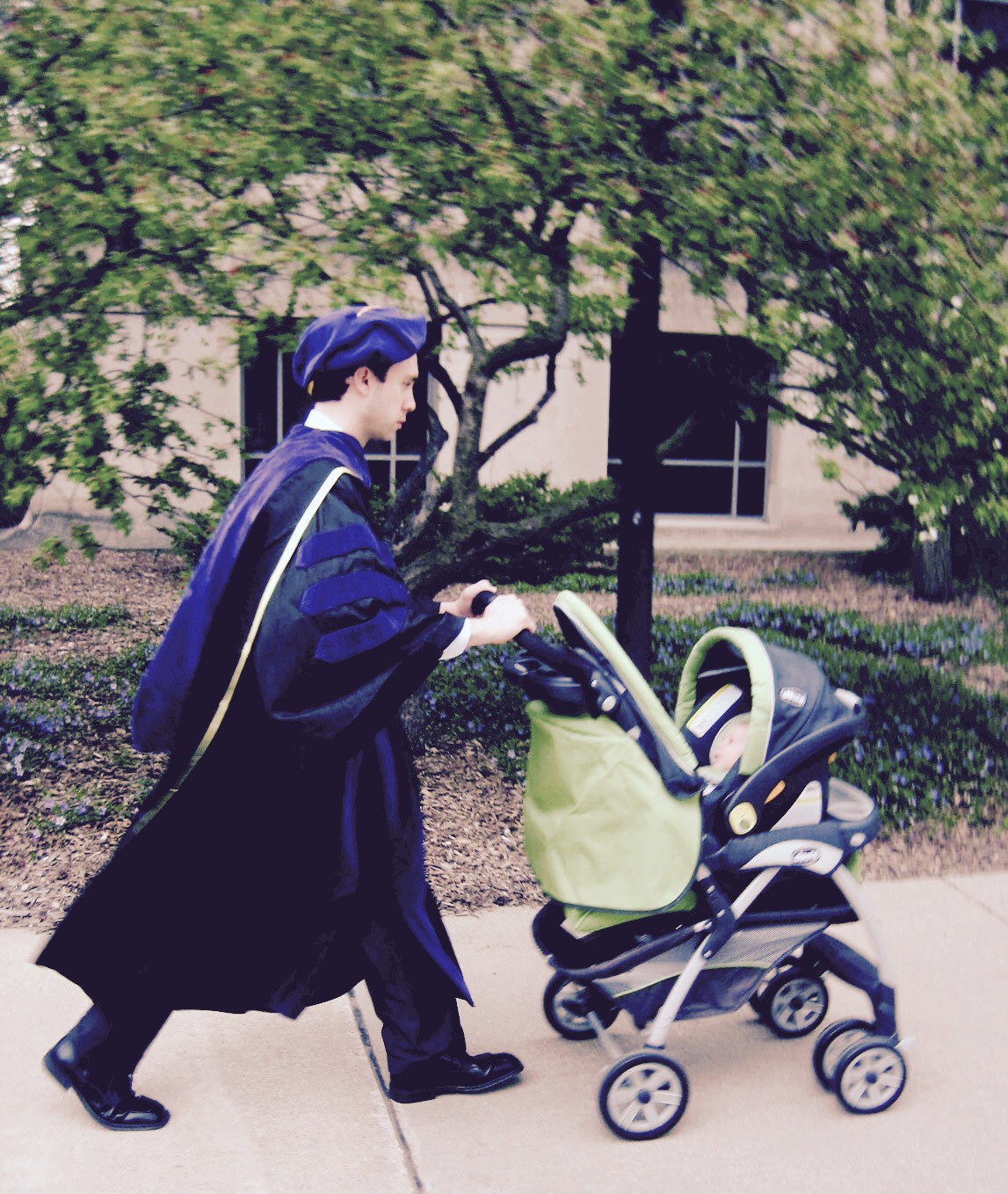November 20, 2016
Fragility, Risk, and Freedom: Stop Complaining About Trophies for Our Special Snowflakes

At the beginning of this school year, the University of Chicago announced that it did not support “trigger warnings” and “safe spaces” for its students. This was done in the name of freedom of expression and with the intention of promoting the exchange of ideas, both certainly important parts of any university’s mission.
Yet this announcement comes at a time when the rates of anxiety and depression among college students are increasing and when, justified or not, popular opinion holds that emotional fragility defines this generation.
But, even if today’s college kids really are emotionally fragile, how can we blame them? And why don’t we want to support them? They’ve been through a lot. Most of the college students who are being told that they shouldn’t expect the courtesy of trigger warnings were in preschool on September 11, 2001, when the U.S. suffered the worst terrorist attack in its history, an event that blanketed the nation with fear for years to come. Today’s college students, as children, witnessed their country wage war in Iraq and Afghanistan. They watched as the economy faltered after the collapse of the subprime mortgage industry. These kids hoped they wouldn’t lose their homes to foreclosure. They looked on as their parents struggled to find work, worried about retirement investments, and wondered how they’d pay for their kids to go to college.
While all of this was happening, twenty-four-hour news coverage and social media were gaining momentum. Tragedies were both magnified and mixed in with the mundane. News stopped being a national, nightly narrative provided by a respected anchor and became a scrolling, un-prioritized list of national events, friends’ vacation photos, internet memes, and bizarre tragedies. It’s a lot to make sense of—a lot of information, all the time—and online trigger warnings emerged as a polite gesture in the digital chaos.
Out of this landscape came helicopter parents, hovering out of worry, fear, and competition. Playgrounds were redesigned to minimize the risk of injury—while also, unfortunately, diminishing fun and no longer providing the same degree of meaningful sensory stimuli crucial to children’s development. School became all work, devoid of the play that’s so important for developing cognitive control and flexibility. Parents stopped letting kids roam freely around their neighborhoods and instead filled their time with scheduled, structured activities. Too many of these super-sheltered kids didn’t learn coping skills, didn’t learn self-reliance, didn’t become resilient—because they didn’t have to. They were under constant supervision.
And for the most part, children still are. Even when an alternative is safer, like having a child wait in a car versus walking across a parking lot, parents are still expected to keep their kids practically in arm’s reach. Leaving children perfectly safe but unattended—even a child as old as eleven—can lead to parents being arrested and Child Protective Services stepping in. Over the past fifteen years, likely in response to the events described here, we have seen a societal shift regarding attitudes about leaving children alone. Even in cases where statistics prove otherwise, people erroneously believe that children are the safest when they are with an adult caregiver, and this fear has been codified into law.
Barbara Sarnecka, the co-author of No Child Left Alone: Moral Judgments about Parents Affect Estimates of Risk to Children, a recent study that looks at this disturbing shift, has this to say:
Exaggerating the risks of allowing children some unsupervised time has significant costs besides the loss of children’s independence, freedom, and opportunity to learn how to solve problems on their own. As people have adopted the idea that children must never be alone, parents increasingly face the possibility of arrest, charges of abuse or neglect, and even incarceration for allowing their children to play in parks, walk to school, or wait in a car for a few minutes without them. At a minimum, these findings should caution those who make and enforce the law to distinguish evidence-based and rational assessments of risk to children from intuitive moral judgments about parents—and to avoid investing the latter with the force of law.
The fragility of today’s college students is not a blip that has come and gone. It’s still here. We’re imparting the same fragility to the next generation. Today’s preschoolers will be fragile, too, when they go to college, unless we make changes now. Kids need to play—outside, inside, at home, at school, unstructured, doing what they choose. Parents need to be able to make deliberate choices about when to allow their children to be unsupervised without fear of being arrested or having their kids taken away. We need to begin to accept risk again. We need to establish a culture where strangers are seen as helpful rather than dangerous. We need to give parents and children both some freedom. Otherwise, we will all be fragile.
